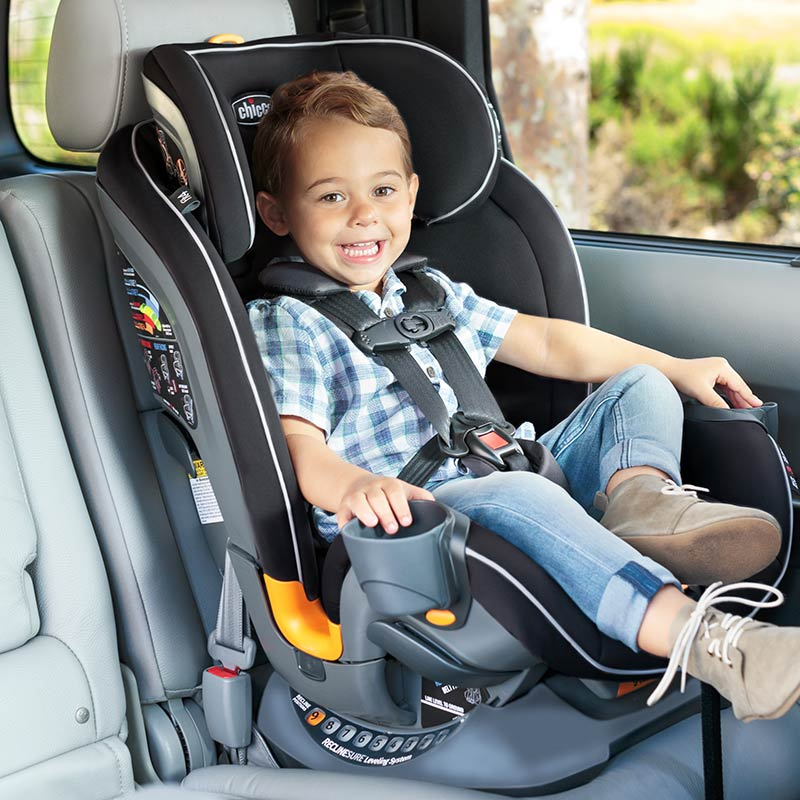How Long Should A Baby Be Rear Facing
As a parent, ensuring the safety of your child is a top priority, especially when it comes to car travel. One important aspect of car seat safety is knowing how long a baby should be rear-facing. In this article, we will delve into this topic and provide you with all the information you need to keep your little one safe on the road.
Knowledge
When it comes to car seat safety, experts recommend that babies remain rear-facing for as long as possible. This is because rear-facing car seats provide the best protection for a baby’s head, neck, and spine in the event of a crash. The American Academy of Pediatrics (AAP) suggests that children should ride rear-facing until they reach the maximum weight or height limit allowed by the car seat manufacturer.
Most convertible car seats on the market today have weight limits of up to 40-50 pounds for rear-facing use. Some even have extended rear-facing capabilities that allow children to remain rear-facing up to 50-65 pounds. It’s essential to check the specific weight and height limits of your car seat to ensure your child is within the recommended range.
Rear-facing car seats are designed to cradle a baby’s body and distribute crash forces evenly to reduce the risk of injury. In a crash, the shell of the car seat absorbs the impact, protecting your child’s vulnerable neck and spine. This is why experts emphasize the importance of keeping babies rear-facing for as long as possible.
Another benefit of rear-facing is that it allows your child to ride in a semi-reclined position, which is safer and more comfortable for long car rides. The semi-reclined position helps keep your baby’s airway open and reduces the risk of breathing difficulties, especially for young infants whose neck muscles are not fully developed.
Once your child reaches the maximum weight or height limit for rear-facing, it’s time to transition to a forward-facing car seat. Most convertible car seats can be used in the forward-facing position once your child outgrows the rear-facing limits. Remember to adjust the harness straps and position the chest clip at armpit level for proper fit and safety.
It’s important to note that forward-facing car seats are not as effective at protecting a child’s head and neck in a crash compared to rear-facing seats. That’s why experts recommend keeping children rear-facing for as long as possible before making the switch.
Conclusion
In conclusion, the question of how long a baby should be rear-facing is crucial for ensuring your child’s safety in the car. By following the recommendations of experts and car seat manufacturers, you can provide your little one with the best protection possible during car travel.
Remember that rear-facing car seats offer superior protection for a baby’s head, neck, and spine in the event of a crash. It’s essential to keep your child rear-facing until they reach the maximum weight or height limit allowed by the car seat manufacturer.
In summary, rear-facing is the safest way for babies to travel in a car, and parents should prioritize this position for as long as possible. Always follow the guidelines provided by the AAP and car seat manufacturers to ensure your child’s safety on the road.






